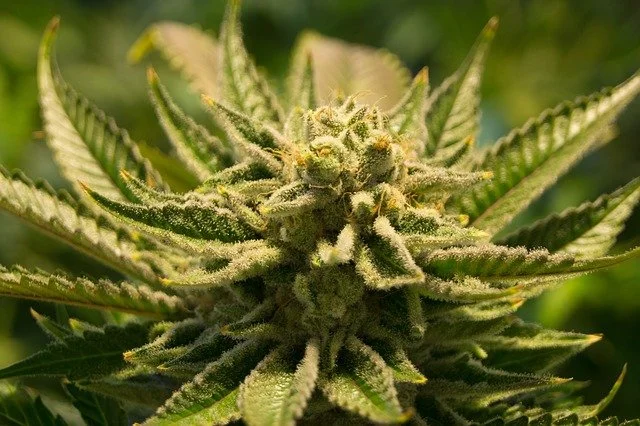Our planet is generous with representatives of the flora, and fauna, sometimes very tempted to experiment and we get miracles. Here you can find different species diversity of the same inhabitant of the flora. Cannabis is no exception, and in this post we will dive deep in the origins of it.
Different varieties of Cannabis
- Cannabis Indica.
- Cannabis Ruderalis.
- Cannabis Sativa.
Each variety has adapted to certain environmental conditions, lives in a certain part of the planet and has its own exceptional advantages. For example, if an enthusiast gardener decides to get his hands on pure Indica cannabis seeds, then his path will lie in the valleys at the foot of the mountains of Afghanistan closed to tourism. In addition to the cherished seed, the wanderer will be able to taste the best hashish in the world there. Those who are closer to the soul of the melodies of the singing bowls of the monasteries and the beautiful landscapes of Tibet will be able to find wild Indica there too. It is also common in hot Lebanon, Pakistan, India and Morocco, from where their famous hashish is illegally supplied to nearby countries in large quantities
Distinctive features of Indica
Fluffy, low-growing plants with broad bluish-green leaves show how nature hardened them, giving them resistance to strong mountain winds and weather adversity. Robust, knotty stems serve as imperturbable titans, able to withstand dense maturing buds covered in a generous scattering of sparkling trichomes. In height, these fluffy monsters rarely exceed 150 centimeters, so they are easy to grow in small greenhouses and home grow boxes. A short color phase of 6-10 weeks, high resin content and a calming effect make cannabis seeds of this type of marijuana the most popular among people who want to relax, sleep peacefully or plunge into a whirlpool of soothing thoughts.
Indica Growth Features
Indica hemp is a very unpretentious plant with strong immunity. The temperate climate allows it to fully reveal its yield potential. Depending on the region, indica seeds are planted outside in April-May. It is important that the night temperature reaches 10 degrees and does not decrease. The seed will germinate in 2-4 days. Sometimes the process is delayed up to 1-2 weeks.
A week after the appearance of a small sprout, the Indica enters the vegetative stage. Her growth is rapid. Branches grow and gain strength. The leaves keep getting bigger until the bush turns into a fluffy monster. During the vegetative phase, the plant reaches its maximum size. As a rule, it takes 30-35 days for this. At this point, she needs a lot of sunlight.
This type of marijuana perfectly tolerates the absence of moisture, but it is recommended to add water as the soil dries. The vegetative stage is accompanied exclusively by the plant’s need for nitrogen. On flowering, she will need potassium and phosphorus. Usually feed the plantation at least once a month.
After daylight hours are less than 14 hours, indica cannabis will enter the color phase. Mighty knotted branches will be decorated with a scattering of inflorescences exuding a strong aroma. Water during this period, as before, only adjusts the nutrition by increasing the dosage of phosphorus. Flowering lasts 6-10 weeks.
Indica effects on healing process
A sedative effect on the body is far from all the abilities of extracts based on this type of marijuana. The stone effect is accompanied by deep peace and immersion in the creative processes of the universe. Philosophical fabrications do not leave the traveler until the awakening of a brutal appetite.
For healing purposes, it is used for:
- Elimination of convulsions;
- Raise the dopamine hormone;
- Elimination of nausea;
- Relieve the effects of stress;
- Extinguishing nervousness;
- Getting out of depression
- Appetite stimulation.

